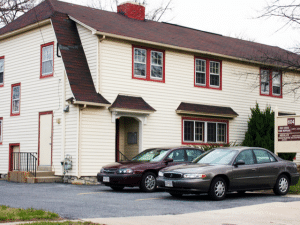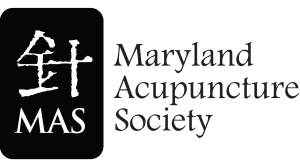 Acupuncture and Seasonal Affective Disorder Symptoms
Acupuncture and Seasonal Affective Disorder Symptoms
Acupuncture is known to be one of the cures to combat symptoms of seasonal affective disorder. SAD affects millions of Americans a year and can turn a once productive person to a tired and depressed individual. Although, SAD has various symptoms, probably the most common is depression. And, acupuncture has been shown to work great when treating symptoms of depression.
WHAT IS SEASONAL AFFECTIVE DISORDER?
Seasonal affective disorder (SAD) is related to the change in seasons and tends to begin and end around the same time each year for those affected by it. SAD is a type of depression and should be taken seriously.
WHAT THE STUDIES HAVE TO SAY
A study published by the National Institute of Health looked at the management options for treating depression. Depression is one of the most prevalent symptoms of seasonal affective disorder. This study was conducted by the Canadian Network for Mood and Anxiety Treatments.
They looked at multiple complementary and alternative methods for treating depression, including light therapy, acupuncture, exercise, yoga and natural health supplements like Omega 3 fatty acids and St. John’s Wort. The study concluded acupuncture is most commonly used as a third line of treatment for those seeking alternative methods to deal with depression, despite the fact it tends to be very effective.
Researchers recognize acupuncture does provide benefits to treating depression, but more work must be done to truly realize the full capacity of those benefits.
ACUPUNCTURE FOR SAD
Clearing the meridians or pathways of energy in the body can be beneficial in the alleviation of symptoms of SAD. Here are some calming acupuncture points.
- GV 20: There is a point located on the top of the head, midway between the apexes of your ears. This point is known as governing vessel 20 (GV 20). GV 20 is one of the most powerful points in the acupuncturists’ arsenal. It raises emotional energy, which in turn can help alleviate depression.
Applying pressure or lightly tapping this point is a great way to counter depression on your own and it can be done pretty much anywhere. - LV 3: Liver 3 (LV 3) is located on the top of the foot between the big toe and the second toe, where the metatarsal bones meet. Stimulating this point helps stagnant blood to move freely again.
Imagine a beaver dam on a river. If there is a lot of debris built up against the beaver dam, then the river can’t flow freely. This same analogy can be used when describing what happens to blood flow
in the body. When the blood flow becomes stagnant and minute, then depression can set in because the body isn’t getting the proper nutrients it needs to function. In Chinese medicine theory, stagnant blood flow can lead to depression. Liver 3 is used frequently in traditional Chinese medicine treatments to re-establish the flow of blood throughout the body. - HT 3: Heart 3 (HT 3) is located on the inside of the elbow. When the elbow is flexed, the point is midway between the inner end of the elbow crease and the tip of the elbow bone itself. In traditional Chinese medicine, the heart meridian is often treated when depression is a presenting complaint. Depression causes the heart meridian to become deficient in energy. HT 3 stimulates the energy needed to combat depression symptoms.
Author: Jean Donati PA-C, M.Ac, L.Ac.
Jean Donati is a Nationally Certified Physician Assistant, Licensed Acupuncturist and owner of Jean Donati Acupuncture. She specializes in Traditional Five Element Acupuncture, and Facial Rejuvenation for physical, mental and emotional concerns.







